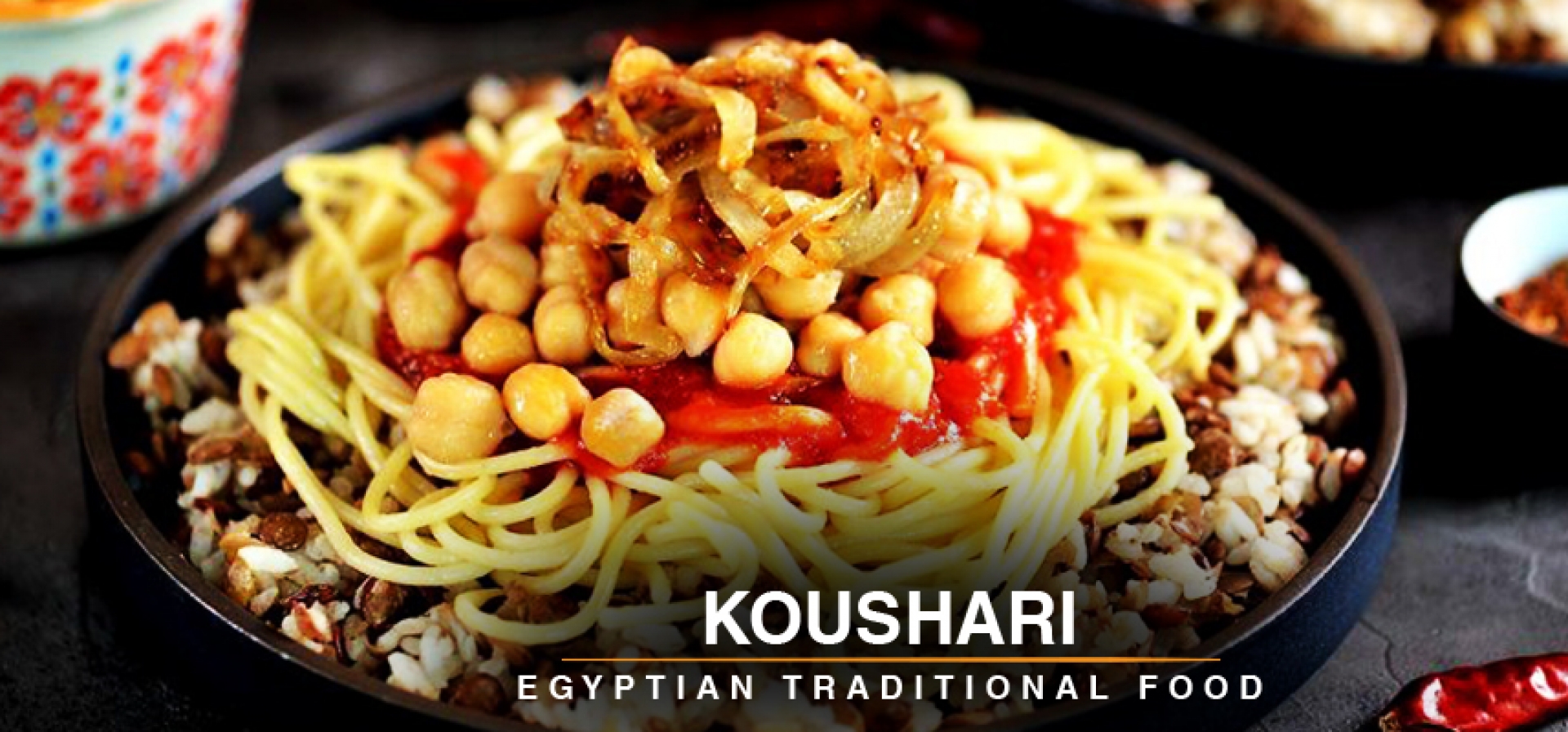
Koshari
Kushari, a dish with roots in 19th-century Egypt, now consumed at food carts and restaurants nationwide. Ingredients include macaroni, lentils, and rice along with a tomato sauce, and it’s often topped with chickpeas or fried onions. Add a splash of hot sauce if you like
- Sun, Jun 7, 2020 9:40 PM
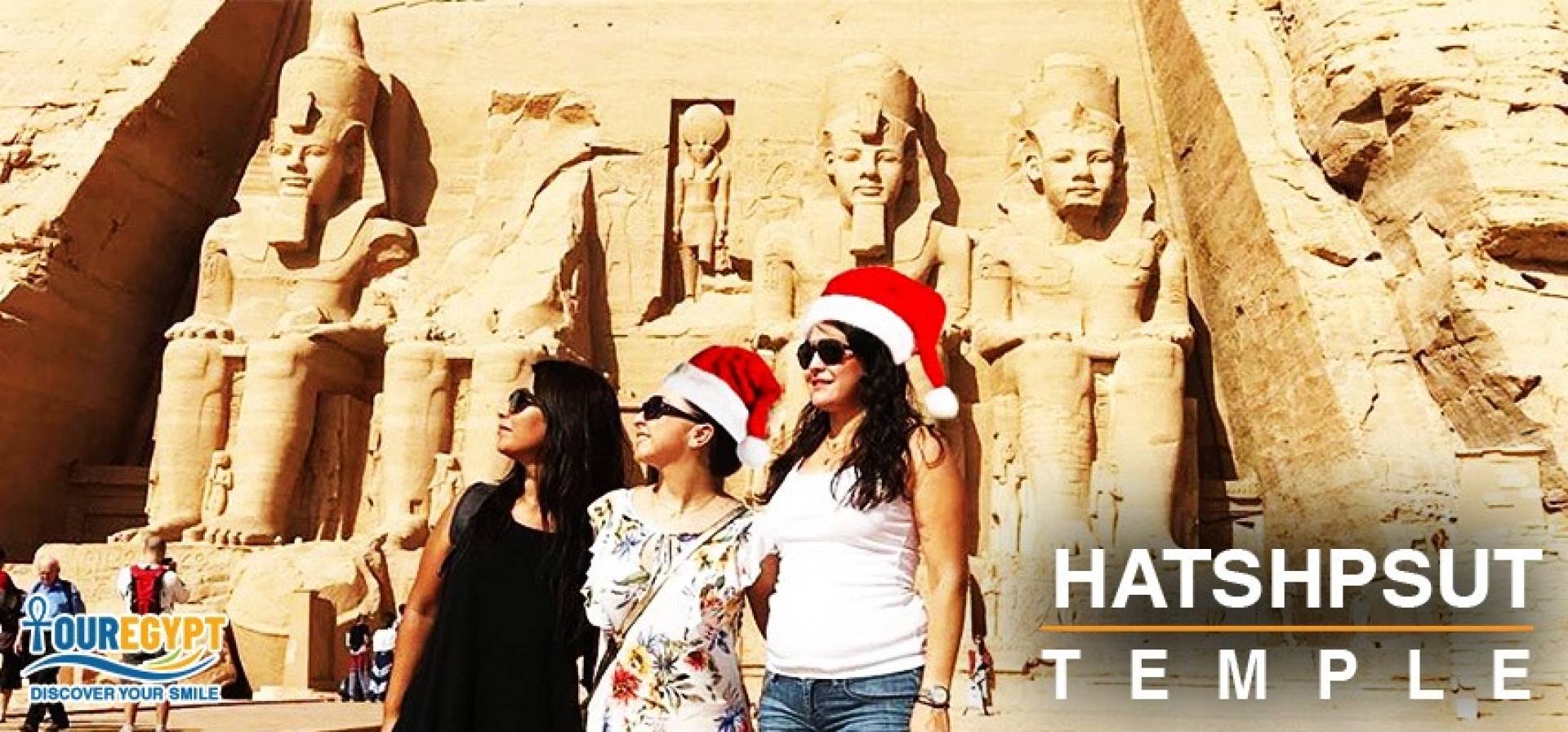
Abu Simbel Temple
In 1257 BCE, Pharaoh Ramses II (1279-13 BCE) had two temples carved out of solid rock at a site on the west bank of the Nile south of Aswan in the land of Nubia and known today as Abu Simbel. Long before Ramses II, the site had been sacred to Hathor of Absek. Because of their remote location near the Sudanese border in southern Egypt, the temples were unknown until their rediscovery in 1813.The sacred area, marked out as a forecourt and bounded on the north and south sides by brick walls, occupied a place between the sandstone cliffs and the river. Ramses' temple was cut into the face of the cliff, before which is a rock-cut terrace. The temple is approached across this terrace up a flight of steps with an inclined plane in the middle, and enclosed on either side by a balustrade behind which stands a row of hawks and statues of Ramses in various forms.
- Thu, Apr 2, 2020 10:09 PM
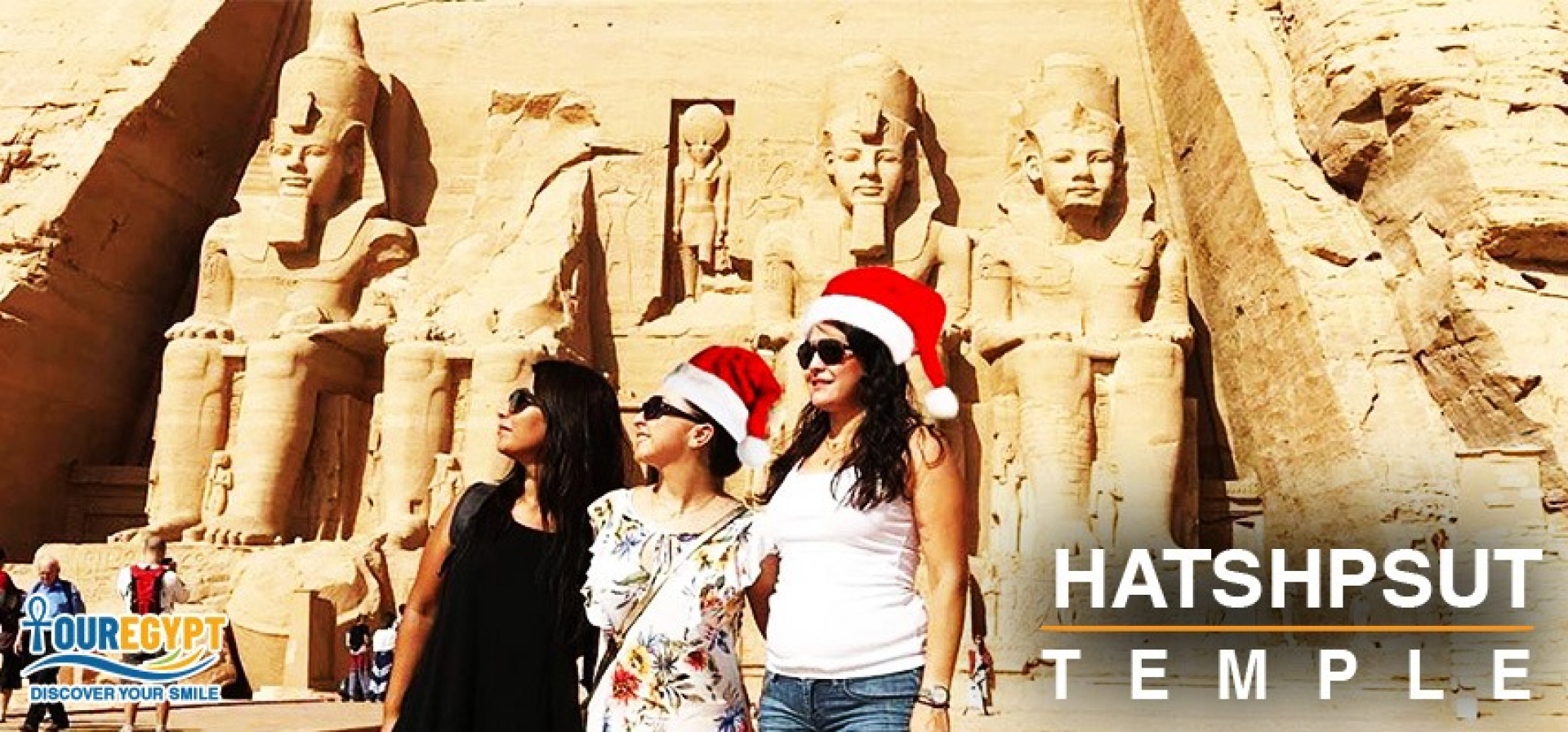
Valley of the Kings
The Valley of the Kings was the royal cemetery for 62 Pharaohs, and is located on the west bank at Luxor
- Thu, Apr 2, 2020 9:52 PM
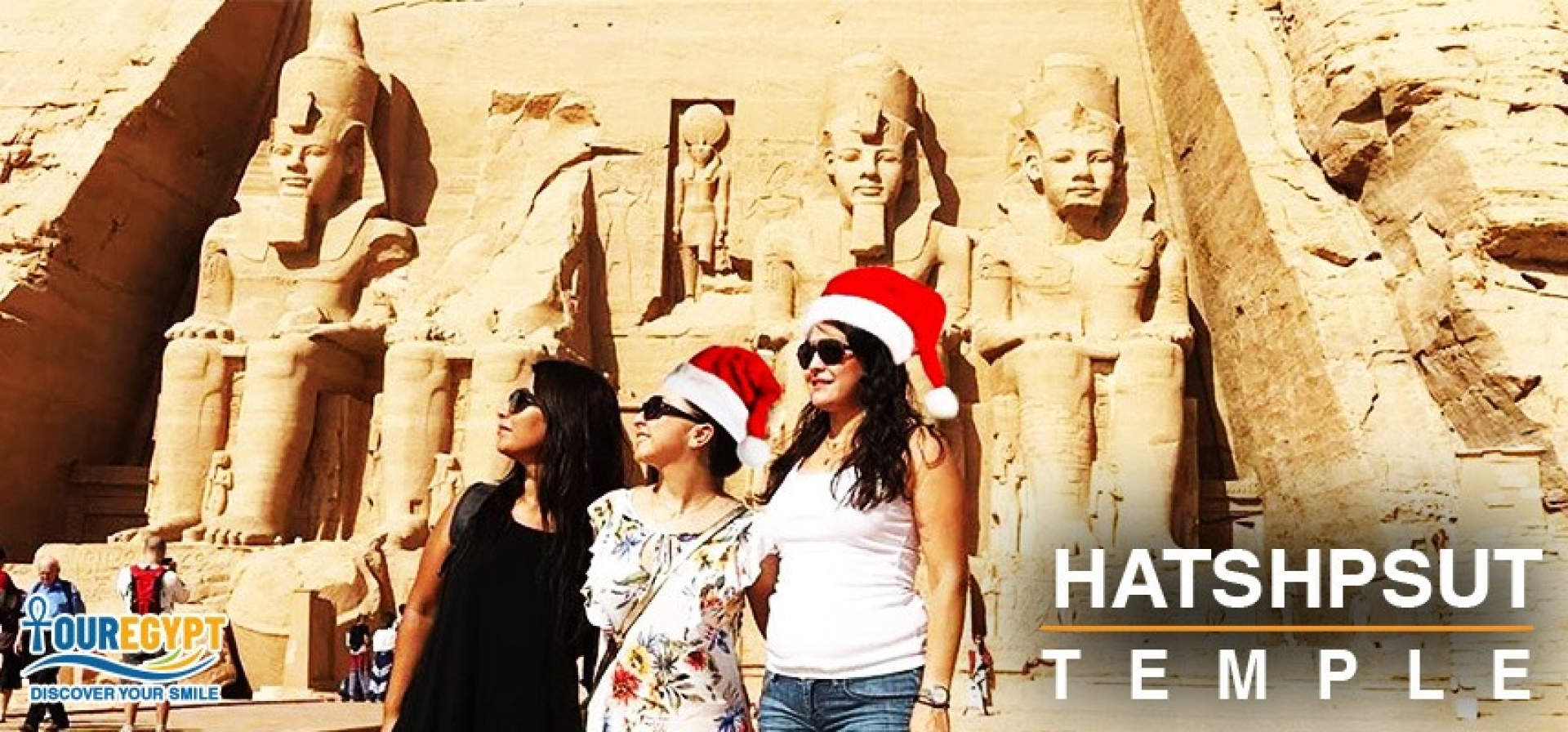
Sultan Hassan Madrassa and Masjid
This is one of the extraordinarily wonderful Islamic Monuments in the Islamic World. If Ancient Egypt is proud of the Pyramids of Giza, Islamic Egypt has to be proud of the Sultan Hassan Madrassa.
- Thu, Apr 2, 2020 9:50 PM
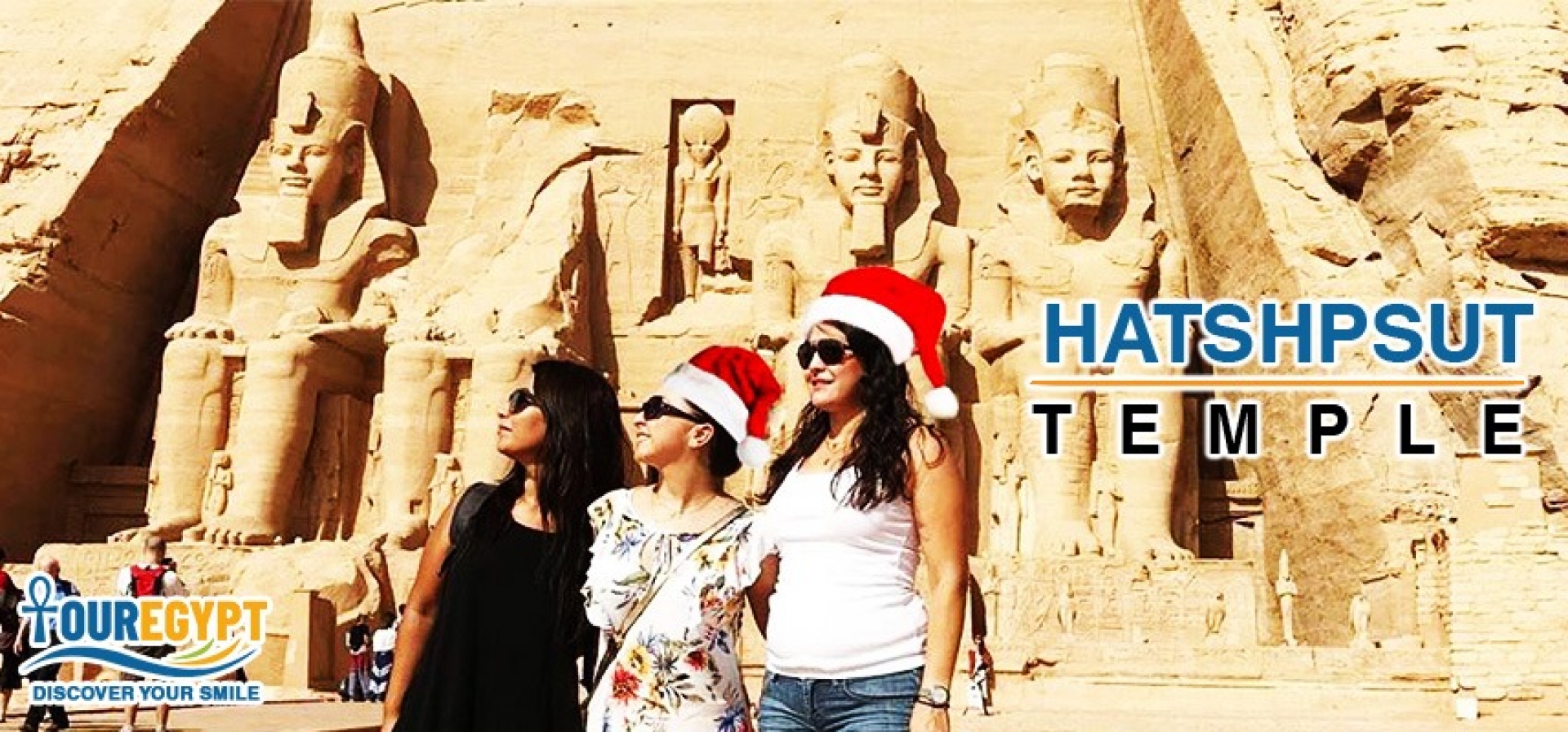
The Egyptian Museum
The Museum of Egyptian Antiquities or The Egyptian Museum, located in Cairo, hosts about 120,000 pieces and is considered one of the oldest museums in the world
- Thu, Apr 2, 2020 9:49 PM